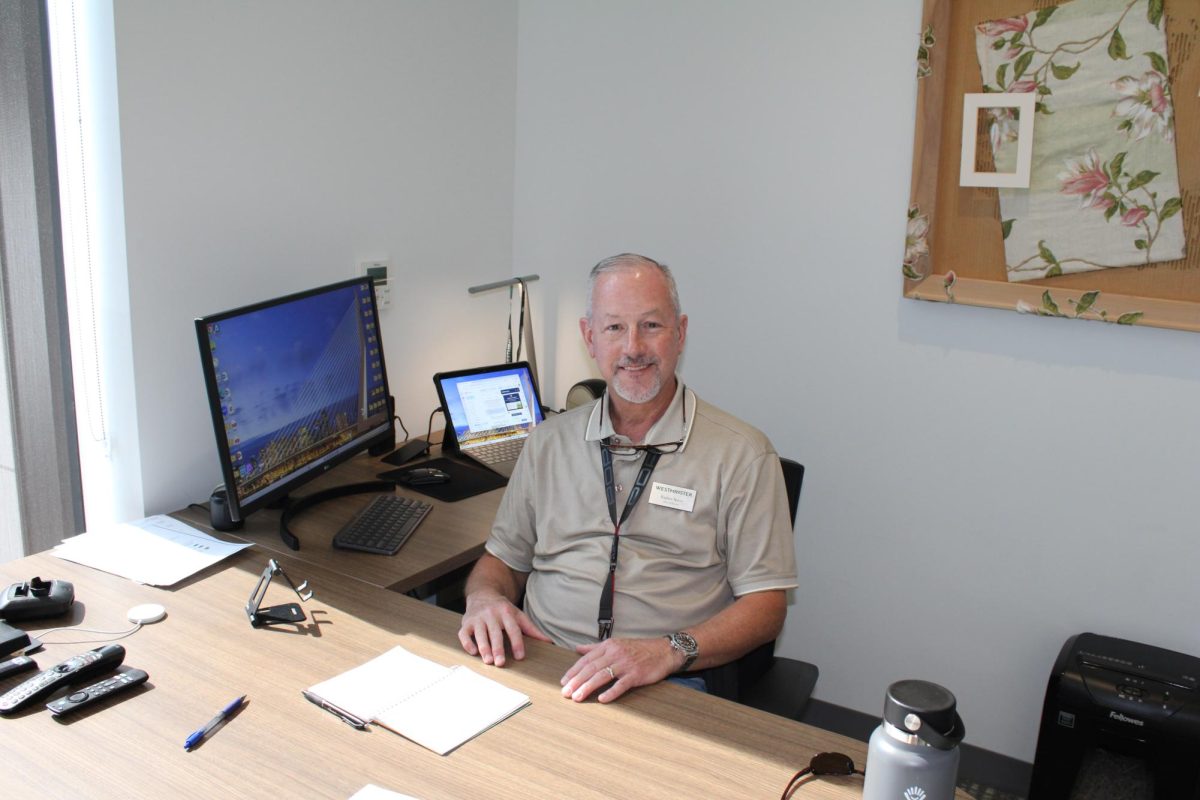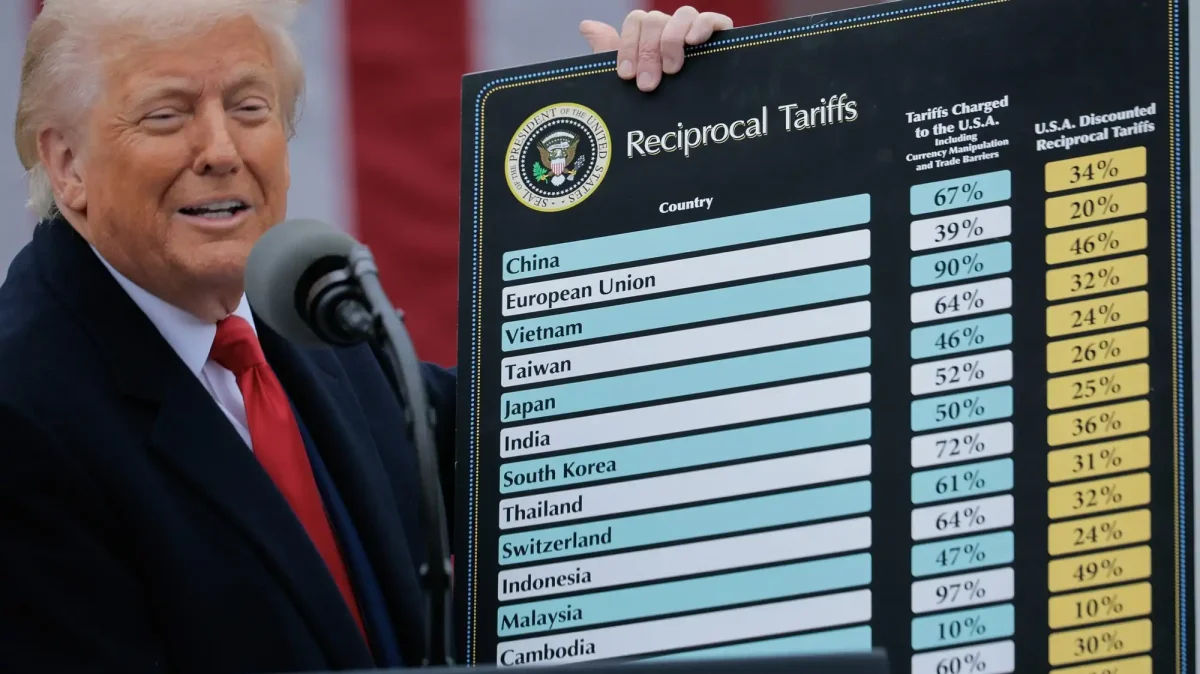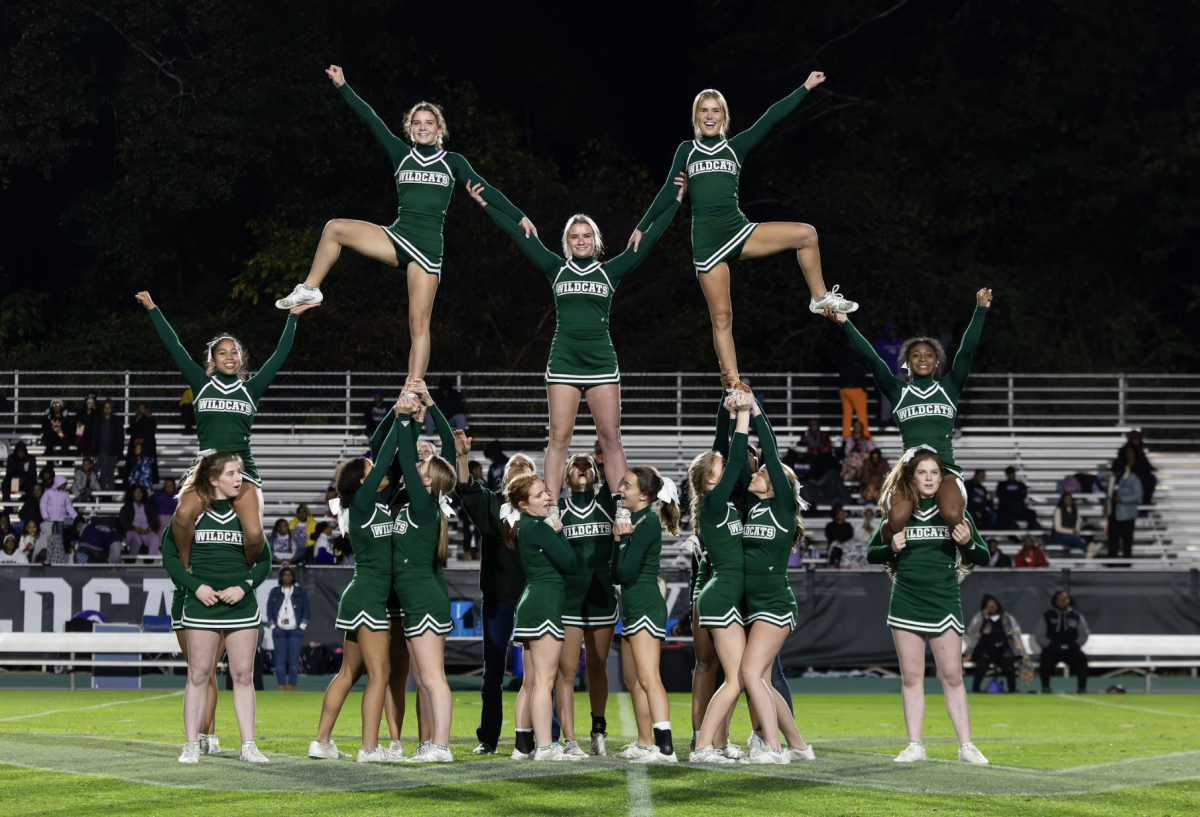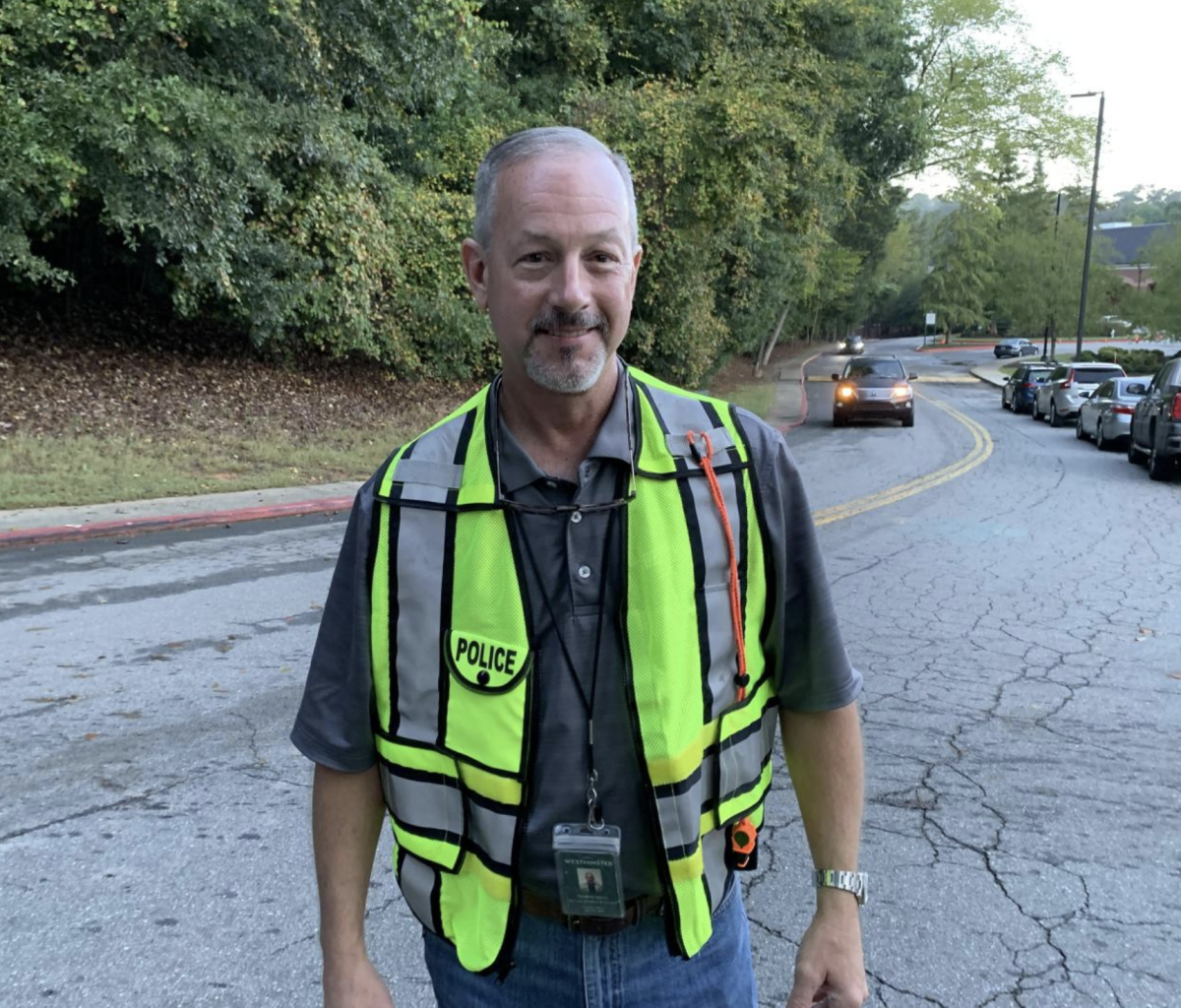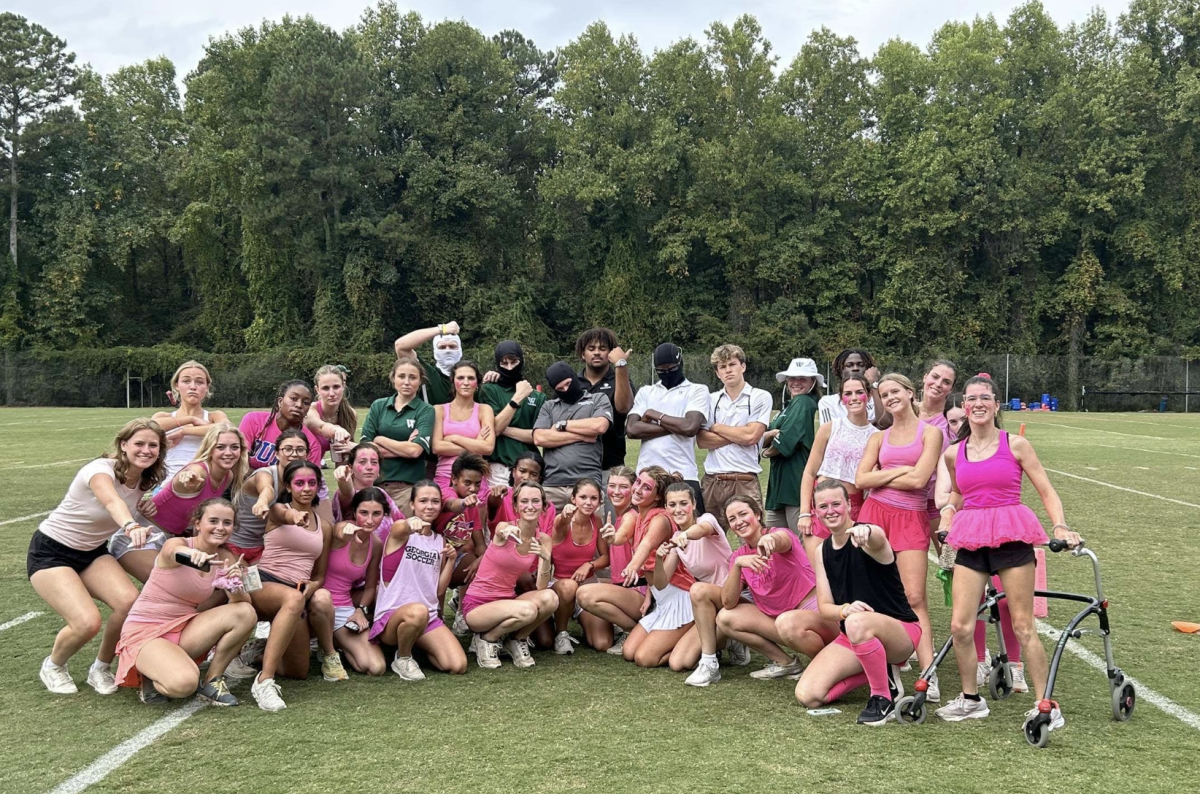“The central question for Westminster today is: Are we preparing students for the world they live in and will inherit as adults, or are we preparing them for the world that many of our faculty and parents grew up in thirty or forty years ago?”
This question inspires the content of For College and for Life: Strategic Plan 2012, Westminster’s newest strategic plan. The last plan was created a decade ago in 2002, and this most recent plan promises to direct the efforts of the school for the next six to ten years by addressing three specific areas identified as necessary for up-to-date education by the school’s board: globalization, technology, and educational research. Anyone looking to see what will guide Westminster in the changes it is undergoing and will undergo will find what they need in this strategic plan.
“Schools want to make sure they are disciplined in how they go about their self improvement,” said assistant headmaster Jere Wells, who led much of the work on the plan. “Strategic plans are ways for schools to direct their growth.”
With strategic plans, schools look to move in a consistent direction, coordinate efforts among teachers, and outline clear goals in raising money. The frequency with which strategic plans appear is about every decade. This current plan coincides with the sixtieth anniversary of Westminster, just as the last plan did with the fiftieth.
“When I first came to Westminster in 1991, we embarked on a school-wide study and conversation about where we wanted to go in the years ahead,” said headmaster Bill Clarkson. “The school also created a new strategic plan in 2002. . . . Each time we have engaged in deep research and asked tough questions about what constitutes a truly excellent education.”
In 2002 the plan included goals such as creating improved advising for grades 6 through 12 and a health and wellness curriculum. The biggest focus, however, was on enlarging the endowment and building a new junior high building. This year’s plan, however, has a very different focus.
“As far as a physical footprint of campus goes, we are in really good shape right now,” said Wells. “This strategic plan is focused almost entirely on program growth.”
The different focus of the new strategic plan has come about as a result of differing influences in the past few years. One of the largest was Westminster’s most recent reaccreditation process.
“Accreditation is something we do every five years through the Southern Association of Independent Schools,” said Wells. “You want to demonstrate to the visiting team that you are operating in a consistent and disciplined way. And so a lot of the targets we have in the Strategic Plan for College and for Life in a sense got their first run-through in that accreditation process. So when we talk about sustainability, for example, or communications, those are things we focused on a year and a half ago in that accreditation self-study process.”
The work in that process was then utilized by the strategic planning committee of the board to add to their own information and the information gathered by other subcommittees of the board. Much of the final work involved with creating the plan fell to the executive director of the Center for Teaching at Westminster, Bob Ryshke, and Wells.
“We worked really closely with [the strategic-planning committee],” said Wells, “putting language to these collected goals and objectives.”
What developed was a plan shaped through self-study and one meant to make sure Westminster educates students in ways that prepares them for the world of today and the future.
“What I was educated in here at Westminster 40-plus years ago was a wonderful thing,” said Wells, “but that was the 1960s and ’70s.”
The strategic plan lists growth in world population, technology, and information as reasons for developing a new plan, citing that “traditional schooling is at risk of no longer advancing learning, but threatening to impede it.” The plan then explains “powerful external forces that Westminster must respond to if our educational programs are to remain relevant and excellent.”
“We identified three major changes in the world,” said Wells, “that we wanted to be as intentionally responsive to as possible.”
The first of those external forces is globalization.
“When we think about the way the economy and the environment have changed, the nature of the world that students will inherit is a very different place than the world that I grew up in,” said Wells. “For one thing there are twice as many people in the world today.”
Behind this focus of the strategic plan are programs the school hopes to implement.
“The Learning for Life Vision Statement refers to ‘content and relationships that connect us to the larger world and the world to us.’ In that sense globalization takes many forms, from exchange programs with schools in other countries to the ability to use information and communication technologies to address real world problems. In the high school we are working on an exchange program with a school in China. We have also been developing relationships with communities in Guatemala and Haiti.”
The second changing force in the world identified by the plan is technology.
“We want to make sure we take full advantage of the opportunities that technology provides us,” said Wells, ”as well as to prepare [students] to be good digital citizens of the world around us. “
A large part of this focus has been implementing the laptop 1:1 program with the hope of creating a uniform technology ownership that teachers can consistently utilize with their students. Part of this focus on technology, however, goes beyond educating students to use various forms of technology. The plan lists “developing the ethical values necessary for digital citizenship” as an important goal.
“Technology skills are important,” said Wells, “but we should emphasize values and awareness as much as practices. It is important for students growing up as digital natives to be mindful of the great good that can be accomplished through the skillful use of technology and the lasting damage that can be done through careless use of technology.”
The last major focus of the plan is on keeping up to date with current educational research.
“The expanding body of research in fields such as neuroscience and organizational psychology,” the plan explains, “is providing valuable insight into how people learn and work effectively.”
This focus involves both research done outside Westminster and at Westminster through professional learning committees, or PLCs, and similar groups. This focus targets how the brain works, how people work together, and how people learn in order to make teaching at Westminster more efficient and effective.
“This research is transforming the way we look at education,” said Wells. “We want to make sure this wealth of research is informative to us and that we use it to direct the way we go about our business of teaching.”
Each of these three areas of focus—globalization, technology, and educational research—have led to the development of four overarching goals for the plan, involving redesigning educational programs, creating professional development programs, and developing effective learning space and schedules. These goals were then divided into eleven “priorities” that further specify actions the school will take. These priorities, which have even more specific action steps behind then, include goals such as “to help students serve and lead,” and “to promote faculty growth in a collaborative environment.”
While most of the specific steps that will be taken to meet these goals and priorities remain to be seen, the scope of the strategic plan for changes at Westminster is extensive. Many efforts relating to the plan are currently underway, such as the 1:1 laptop program, and many are imminent. A lot of emphasis in the plan is on the use of time, so a gradual but significant change in schedules is soon to come.
“The changes in schedule are going to be developed over time,” said Wells, “and [assistant principal Jim] Justice is coordinating a Time Task Force that is looking at the ‘needs’ side of the equation that can inform the decisions about what kind of schedule changes can help us accomplish what we are most interested in.”
Changes in space for “active learning” will come as well, and the school hopes to extend access to travel-based learning to beyond the few who experience it now.
“I envision more students involved in complex problem-solving activities,” said Clarkson. “With changes in our schedules, we can expect to see more exciting electives that allow students to pursue their individual interests. I really like the boldness of the plan, for it commits us wholeheartedly to substantive—and not piecemeal—improvements throughout the school.”
In the rapidly changing world that surrounds us, not all of Westminster’s responses will become apparent for some time, but the direction the school will pursue has been mapped out by the 2012 Strategic Plan.




